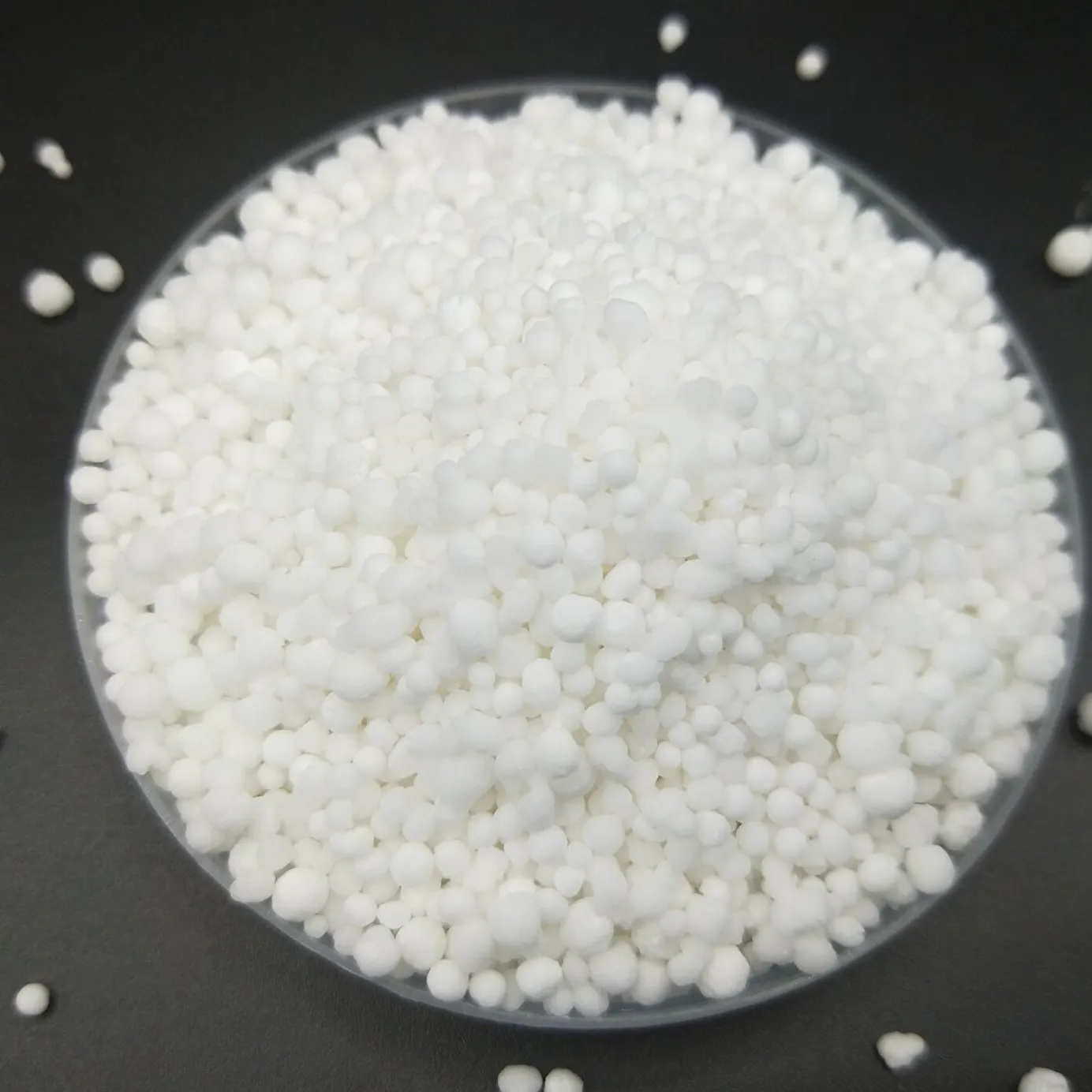
Nov . 21, 2024 01:22 Back to list
5-10-31 fertilizer manufacturer
The Importance of 5-10-31 Fertilizer in Modern Agriculture
In the contemporary agricultural landscape, fertilizers play a crucial role in enhancing soil fertility and crop yield. Among various formulations available in the market, 5-10-31 fertilizer stands out due to its unique nutrient composition. This article will delve into the significance, application, and benefits of using 5-10-31 fertilizer provided by leading manufacturers for optimal agricultural outcomes.
Understanding 5-10-31 Fertilizer
The numbers in fertilizer formulations represent the percentage by weight of nitrogen (N), phosphorus (P), and potassium (K), respectively. In a 5-10-31 fertilizer, the composition signifies that it contains 5% nitrogen, 10% phosphorus, and 31% potassium. This particular blend is designed to cater to specific plant nutrient requirements, especially during critical growth phases.
- Nitrogen (N) is essential for the development of healthy foliage and contributes to photosynthesis. Although 5% seems low, it is crucial for leafy crops and can support overall plant growth when used appropriately. - Phosphorus (P) plays a vital role in root development, flowering, and fruiting, which is why its 10% concentration in this formulation aids in establishing strong root systems and promoting bloom production.
- Potassium (K), comprising a significant 31%, is integral to water regulation, enzyme activation, and overall plant stress management. A high potassium level enhances drought resistance and increases the strength of plant cells, making it an excellent choice for crops requiring robust health.
Applications of 5-10-31 Fertilizer
Farmers and agricultural professionals utilize 5-10-31 fertilizer in various scenarios. It is particularly effective for crops that benefit from enhanced root development and stress resistance. Common crops benefiting from this fertilizer include
1. Vegetables Root vegetables such as carrots and potatoes thrive with this balanced nutrient supply, aiding in root growth and tuber production. 2. Fruits Fruiting plants like tomatoes and peppers also find this fertilizer beneficial, especially during the flowering and fruit-setting stages of their growth.
5-10-31 fertilizer manufacturer

Application methods vary depending on the crop and soil conditions. It can be applied through broadcasting, banding, or incorporated into the soil during planting. Additionally, foliar applications of diluted solutions can also work effectively for quick nutrient uptake.
Benefits of 5-10-31 Fertilizer
The advantages of using 5-10-31 fertilizer extend beyond just nutrient supply. Here are some critical benefits
- Tailored Nutrient Delivery The unique N-P-K ratio allows farmers to provide crops with the necessary nutrients at crucial growth stages, ensuring plants receive the right balance for optimal development.
- Enhanced Crop Quality With adequate potassium, crops become more resilient to diseases and adverse environmental conditions, often resulting in higher quality produce.
- Improved Soil Health Regular use of this fertilizer can improve soil structure and fertility over time, leading to sustainable agricultural practices.
- Cost-Effectiveness By utilizing a nutrient-dense fertilizer like 5-10-31, farmers may improve their crop yield with reduced application frequency, making it a cost-effective option in the long run.
Conclusion
In conclusion, the significance of 5-10-31 fertilizer in modern agriculture cannot be overstated. Its unique nutrient composition, combined with tailored application methods, enables farmers to enhance crop yield and quality effectively. As agricultural demands continue to evolve, fertilizers like 5-10-31 will play a vital role in ensuring food security and sustainable farming practices. By investing in high-quality fertilizers from reputable manufacturers, farmers can significantly improve their productivity and contribute to a healthier agricultural ecosystem.
-
Organic 10-10-10 Fertilizer | Balanced Plant Nutrients
NewsJul.31,2025
-
Premium Amino Acid Fertilizer | Rapid Plant Growth Booster
NewsJul.31,2025
-
10 10 10 Fertilizer Organic—Balanced NPK for All Plants
NewsJul.30,2025
-
Premium 10 10 10 Fertilizer Organic for Balanced Plant Growth
NewsJul.29,2025
-
Premium 10 10 10 Fertilizer Organic for Balanced Plant Growth
NewsJul.29,2025
-
Premium 10 10 10 Fertilizer Organic for Balanced Plant Growth
NewsJul.29,2025
